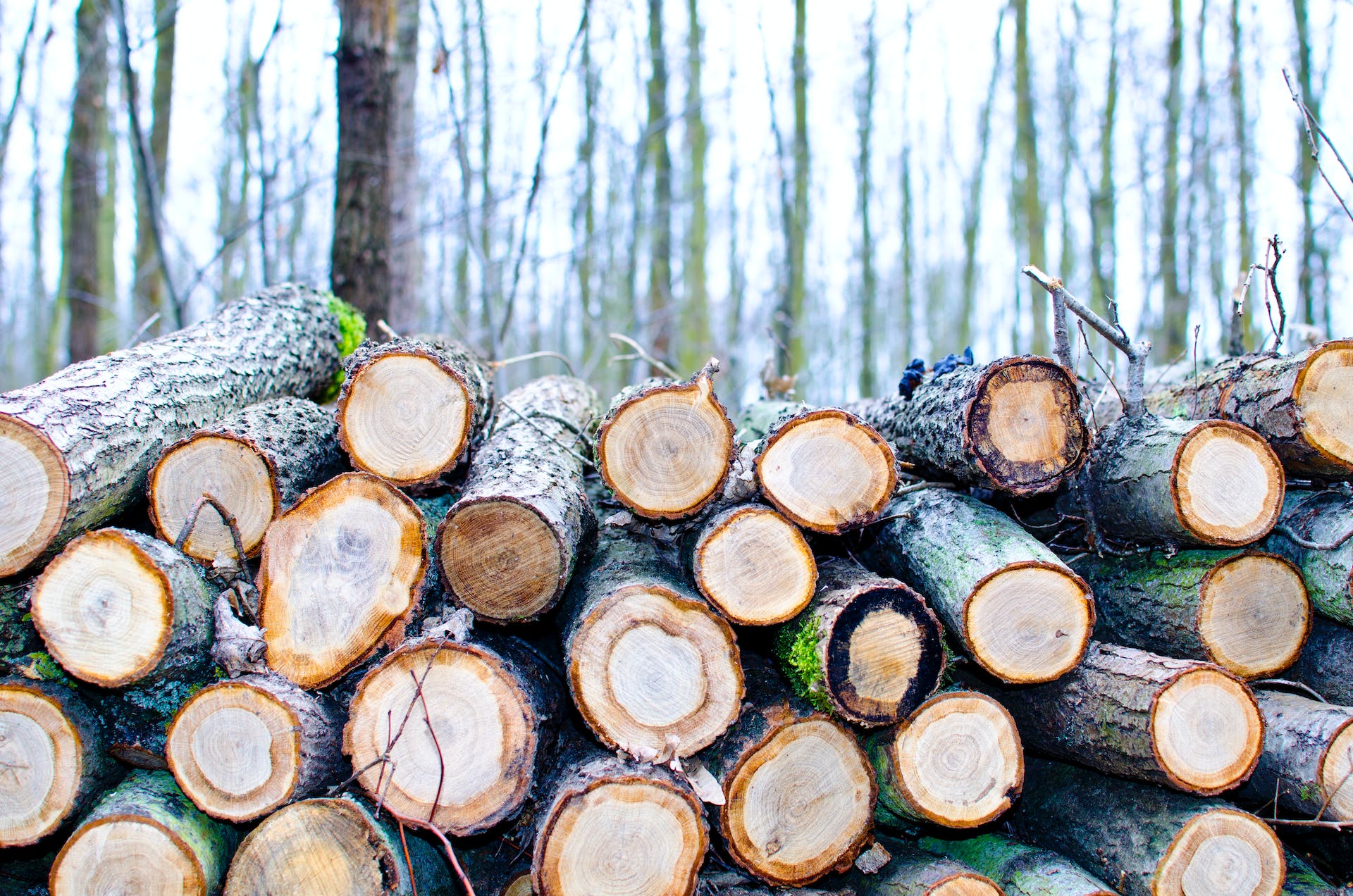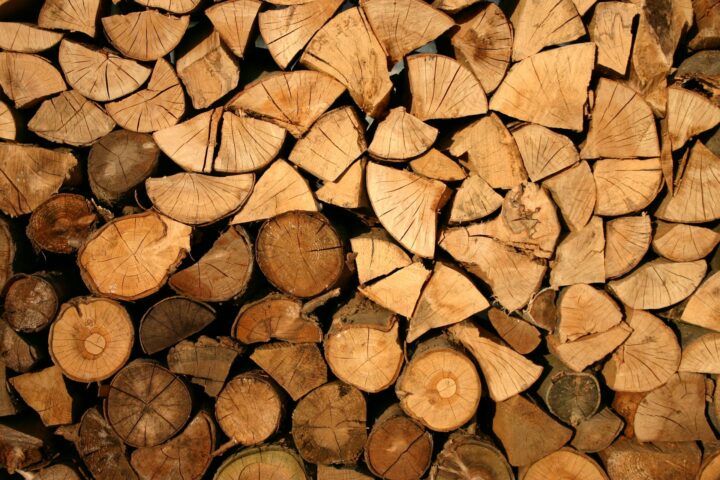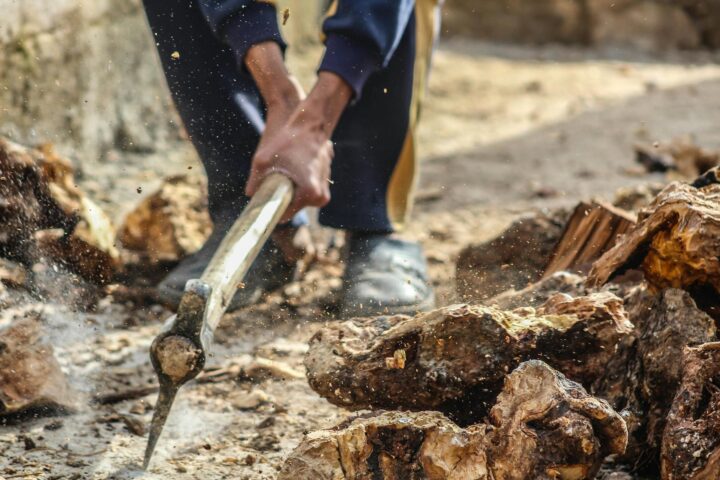-
Sustainable Forestry Practices: Balancing Timber Cutting with Environmental Preservation
In the face of rising global demands for wood and wood products, sustainable forestry practices have emerged as a vital approach to balance the economic benefits of timber cutting with the critical need for environmental preservation. This comprehensive methodology seeks not only to mitigate the ecological impact of logging but also to ensure the longevity and health of forest ecosystems for future generations.
The Essence of Sustainable Forestry
Sustainable forestry is predicated on the principle that forests are dynamic ecosystems with multiple functions and values. This perspective recognizes forests as habitats for diverse wildlife, sources of fresh water, carbon sinks, and spaces for recreation and cultural significance, in addition to being reservoirs of timber. Sustainable forestry practices, therefore, are designed to maintain these multiple values, ensuring that forest harvesting does not compromise the forest's health and its ability to regenerate.
Minimizing Ecological Impact
One of the primary objectives of sustainable forestry is to minimize the ecological footprint of timber cutting. This involves several key strategies, such as selective logging, where only certain trees are harvested based on their age, health, and species, leaving the rest to continue contributing to the ecosystem. This technique contrasts sharply with clear-cutting, which involves removing all trees in an area and can lead to significant ecological damage.
Another critical method is the use of reduced-impact logging techniques. These practices include careful planning of tree felling to minimize damage to surrounding trees, using machinery that reduces soil compaction, and creating buffer zones around sensitive areas like waterways to protect them from logging activities.
The Role of Reforestation
Reforestation plays a pivotal role in sustainable forestry. After harvesting, efforts are made to replant trees, either through natural regeneration or by planting seedlings. This process is vital for maintaining the forest cover and ensuring that the forest can continue to provide its myriad of ecological services. Reforestation also helps in maintaining the carbon balance, as young growing trees absorb more carbon dioxide, a key factor in addressing climate change.
Maintaining Biodiversity
Biodiversity conservation is another critical aspect of sustainable forestry. Forests are home to an incredible variety of flora and fauna, and preserving this biodiversity is essential for the health of the ecosystem. Sustainable forestry practices strive to maintain habitat diversity, ensuring that the needs of different species are met. This includes preserving old-growth forests, which are particularly rich in biodiversity, and maintaining corridors that allow wildlife to move and migrate.
Economic Viability and Community Engagement
For sustainable forestry to be truly effective, it must also be economically viable. This involves ensuring that timber cutting is profitable for the communities and companies involved. By implementing sustainable practices, forestry operations can maintain a steady supply of timber, which is crucial for long-term economic stability. Additionally, sustainable forestry often involves the local communities in forest management decisions, providing them with employment opportunities and a vested interest in the health of their forests.
Certification and Regulation
The enforcement of sustainable forestry is often guided by certification systems like the Forest Stewardship Council (FSC) or the Programme for the Endorsement of Forest Certification (PEFC). These certifications ensure that timber products are sourced from forests that are managed responsibly. They set standards for forest management that include environmental, social, and economic criteria, providing a way for consumers to support sustainable forestry practices.
Challenges and the Way Forward
Despite the clear benefits of sustainable forestry, there are challenges in its implementation. These include the need for more widespread adoption, especially in regions where illegal logging is rampant, and ensuring that the economic benefits of sustainable forestry are competitive with more destructive practices.
The future of sustainable forestry lies in continuing to evolve and refine practices, integrating technological advancements, and increasing awareness and demand for sustainably sourced timber. As consumers become more environmentally conscious, the demand for products from sustainably managed forests is likely to grow, providing a strong incentive for the industry to adopt these practices more broadly.
Sustainable forestry represents a hopeful synergy between economic development and environmental stewardship. By carefully balancing the needs for timber and ecological preservation, it offers a pathway towards a more sustainable and equitable use of our planet’s vital forest resources. It's an approach that not only meets today's needs but also ensures that future generations will inherit a world where forests continue to thrive and sustain life in all its diversity.




